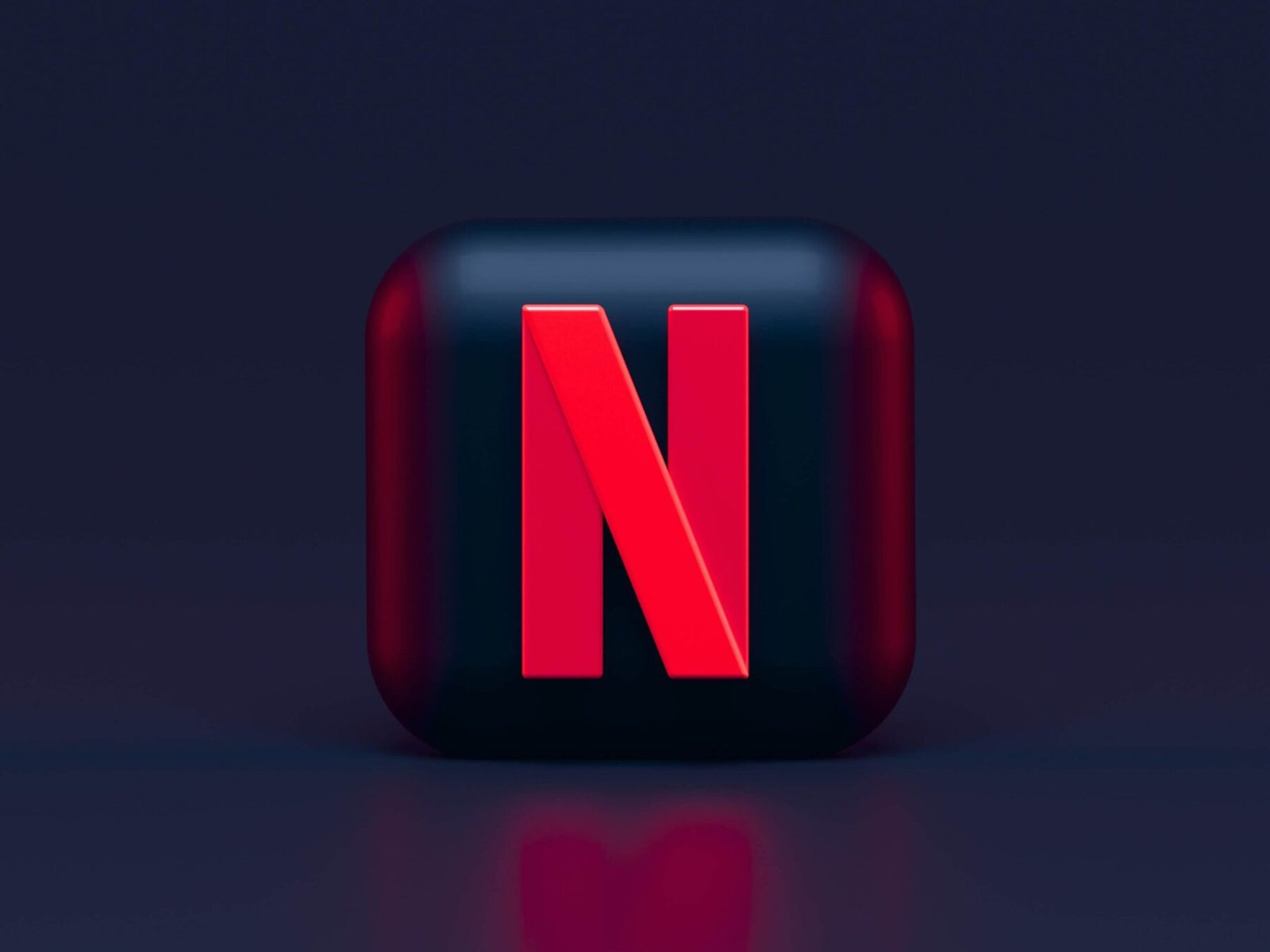Would You like a feature Interview?
All Interviews are 100% FREE of Charge
Enabled with the release of ERC-4804, Web3 URLs have been incorporated into Ethereum, allowing Internet users to access Ethereum apps and NFTs without worrying about centralized censorship.
new ethereum standard, with title “Web3 URL to EVM Call Message Translation” was first proposed on February 14, 2022 and co-authored by ETHStorage founder Qi Zhou, Ethereum researcher Sam Wilson, and Chao Pi.
The proposal is described as an “HTTP-style” URL for direct access to on-chain Web3 content such as decentralized app (DApps) frontends and NFTs. After over a year, on March 1st, ERC-4804 was approved and finalized on mainnet.
1/n, First Web Access Protocol for ETH ERC4804: Web3 URL has been approved and finalized by the EIP editors!
web3:// (https://t.co/uXpTGdXirF) is decentralized http://. Users can directly browse rich web content, pages, images and songs on EVM.
— Qi Zhou (@qc_qizhou) March 1, 2023
Anthurine Xiang, spokesperson for layer-2 storage protocol ETHStorage, explained that ecosystems often rely on centralized web servers to provide access to “decentralized” apps.
“Currently, all DApps like Uniswap […] It claims to be a decentralized app,” explained Xiang, adding: [do] do we visit web pages? It has to go through DNS. You have to go through GoDaddy. […] These are all centralized servers. ”
Most users today access the Internet via the “Hypertext Transfer Protocol”, commonly known as HTTP.
When an Internet user clicks a link or types a website address, the computer uses HTTP to request another computer to retrieve information, such as websites and images.
Under ERC-4804, internet users can type web3:// (instead of http://) into their browsers to directly invoke DApps such as Uniswap and on-chain NFTs. This is because the standard allows a user to query his Ethereum Virtual Machine (EVM) directly.
In theory, an entire website could also be accessed by these means, as long as the content is stored on the Ethereum blockchain or a compatible layer 2 protocol. However, according to ETHStorage founder Qi Zhou, the cost of doing this is still very high.
“The big issue here is that Ethereum storage costs are very high on the mainnet,” Zhou said during a recent presentation at ETH Denver.
“For example, 1 gigabyte of on-chain data costs roughly $10 million. […] This is unacceptable for many Web2 applications and even many NFTs,” Zhou added, noting that layer 2 storage solutions could help alleviate some of the costs. .
Xiang suggested that the new URL standard only makes sense for certain applications given the cost.
“You don’t have to decentralize everything. If you run a pretty good Web2 business and don’t have to worry too much about centralized censorship. […] you can go for it.
On the other hand, the new standard will help DApps and websites that risk censorship. An example is Tornado Cash.
“For Tornado Cash, for example, censorship prevents many people from accessing it through the website,” Xiang explains.
“If you are a DApp and already decentralized, why are people still using a centralized website to reach you?”
Asked whether the new standard could be used by bad actors to participate in illegal activities, Shang said:
“It’s really hard to say this, like how Bitcoin was founded. I don’t think Bitcoin was born for evil, but still people were [were] They used bitcoin when doing shady things like the Silk Road. ”
Instead, Xiang believes that, like Bitcoin, it just gives people decentralized options they wouldn’t get otherwise.
The new Ethereum standard isn’t the first solution for decentralized web hosting, but it’s the first of its kind for blockchain, Xiang said.
Related: How to host a decentralized website
IPFS, or InterPlanetary File System, is an example of a network created to do what centralized cloud servers currently offer, only through decentralized means. However, Xiang pointed out that IPFS URLs can only link to static content and cannot be modified or changed.
I *use* IPFS to store my blog. There is a serious UX issue (last update took about an hour to propagate). It would have been much easier to pin the blog to the chain.
For blogs, it’s unfortunately too costly, but for short text records this logic applies.
—vitalik.eth (@VitalikButerin) May 27, 2022
However, ERC-4804 does allow for “dynamic data,” such as allowing people to “like,” comment, and interact with website content, Xiang explained. Being native to Ethereum, the standard is also expected to make it much easier to interact with other blockchains, Xiang added.

































